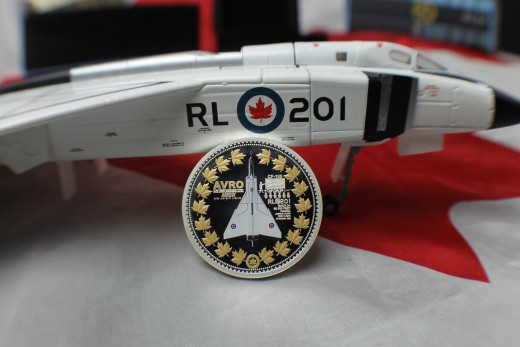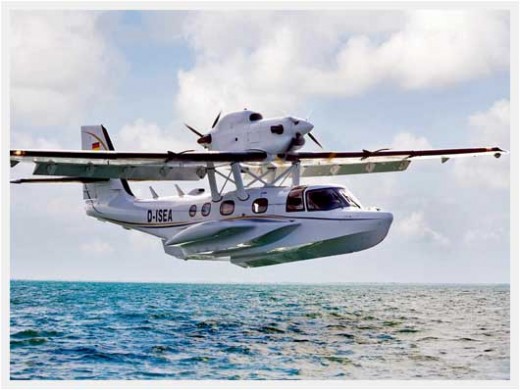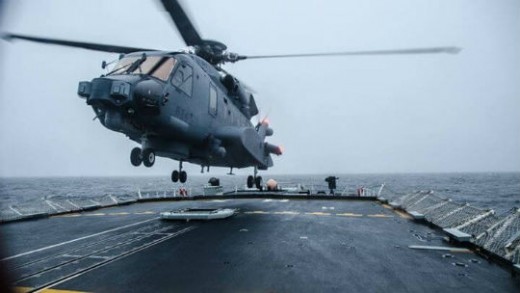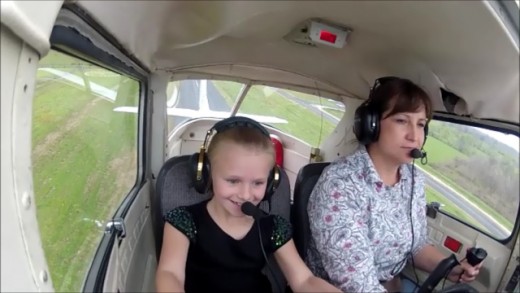 Scroll Down to see all of this week’s updates
Scroll Down to see all of this week’s updates
Coins Commemorate Arrow

The Avro Arrow program was probably Canadian aerospace’s most important accomplishment, and an Edmonton man has immortalized it with a commemorative coin.
Designer and artist Joe Green has made it his mission to commemorate Canada’s aviation achievements. Now Green has begun minting coins telling the story and the history of the Royal Canadian Air Force, the men and women who served, the aircraft flown, the battles fought, the honours earned, and the history made. The Arrow was Green’s first design, and it sold out quickly.
“This first coin is a tribute to those who designed and built the Avro Arrow, the Royal Canadian Air Force and Canadian Armed Forces as a whole, and dedicated to those incredibly brave men and women who have served, those serving, and those who will serve in the future. These coins must live up to the elite standards the Canadian Forces are well known for, or I won’t authorize them,” Green says.
Green is creating the coins through his Beaverworks Mint, of which he is president and chief designer. The coins are one Troy ounce of fine silver with select gold plate and full-colour printing and are being produced under sub-license with the permission of the Royal Canadian Air Force Association.
The next coins he plans to produce will be the famous Silver Dart, the first aircraft flown in the British Empire in Baddeck, Nova Scotia by J. A. D. McCurdy in 1909; the Supermarine Spitfire and Hawker Hurricane for the Battle of Britain; the Avro Lancaster bomber; and the CF-18 Hornet.
Proceeds from the sale of the Arrow and future coins will be reinvested into expanding the catalog and working toward expanding to offer coins that honour the Canadian Army and Royal Canadian Navy.
Diamond Building Dornier Airframes

Diamond Aircraft, of London, Ontario is playing a key role in continuing the longest running aviation dynasty in the world.
The company is building the composite airframes for the Dornier Seastar, a twin-engine push/pull turboprop flying boat. Dornier is the oldest continuously operating aircraft builder in the world and a flying boat specialist.
The aircraft will hold up to 12 passengers and two pilots and cruises at more than 200 mph. It uses two Canadian-built PT6 engines.
Peter Maurer, CEO of Diamond in London, said the aircraft is a lot bigger than its own designs but his staff have the experience and expertise to build it.
“It is a sophisticated and substantial aircraft…,” he said. “While the large fuselage and one-piece wing are bigger than the typical Diamond components, our production of similarly sized structures for the D-JET program and other contracts gives us the experience and ability to complete this challenging task.”
The airframes and one-piece wing will be built in London and shipped to Germany for final assembly. The first one should be ready by summer of 2016.
The aircraft sell for about $6 million.
Cyclone Makes Landmark Landing

Photo by Ordinary Seaman Kwan
The RCAF continues to make progress replacing its old Sea King helicopters with the new Sikorsky CH-148 ship-borne helicopter.
Last week an all RCAF crew landed one of the aircraft on the deck of the Navy frigate HMCS Halifax. The Cyclone is undergoing tests by the RCAF’s Helicopter Operational Test and Evaluation Facility. The RCAF accepted six of the high-tech helicopters for training and evaluation. As future airframes are delivered they will come with the gear and weapons to make them fully deployable.
The helicopters have been landing on the Halifax for about a year but last week’s operation was the first time the RCAF personnel did it themselves. Pilots from 12 Wing Shearwater were doing deck qualification training.
They’ll get plenty of practice in coming months as the landing was a prelude to a sea deployment for more testing and evaluation.
The Cyclone will replace the CH-124 Sea King, which has toiled more than 50 years as Canada’s ship-borne helicopter. The current plan is for the Sea Kings to continue flying until 2018.
Incentives Offered For Introductory Flights

Women and girls taking part in Women of Aviation Week events in early March can win a range of prizes, including cash prizes toward flight training.
The week runs from March 7-13 this year and there are events planned on three continents.
Those who go for a flight (most will be free and offered by volunteers) can register with WOAW afterward for the chance to win Apple watches, iPad Minis, custom jackets and custom silk scarves.
Tens of thousands of women and girls have gone for flights since Goyer introduced the concept in 2010.
“All aviation vocations begin with a passion for flight,” said Goyer, iWOAW’s Founder and President. “That passion is what motivates people to choose a career in aerospace. That’s why iWOAW focuses on addressing the significant and ongoing flight introduction gender gap.”
A special part of the project is the scholarships for those who are inspired by the introductory flights and begin flying lessons shortly after. The first three participants who fly solo after their WOAW flights will win a share of $4500 in flight training scholarships.
“Women who had never considered learning to fly before The Week fly solo within six weeks of their first flight on average to win the scholarship,” Goyer said.
Flights must be registered on WomenOfAviationWeek.org by March 15 to qualify for the prizes.
